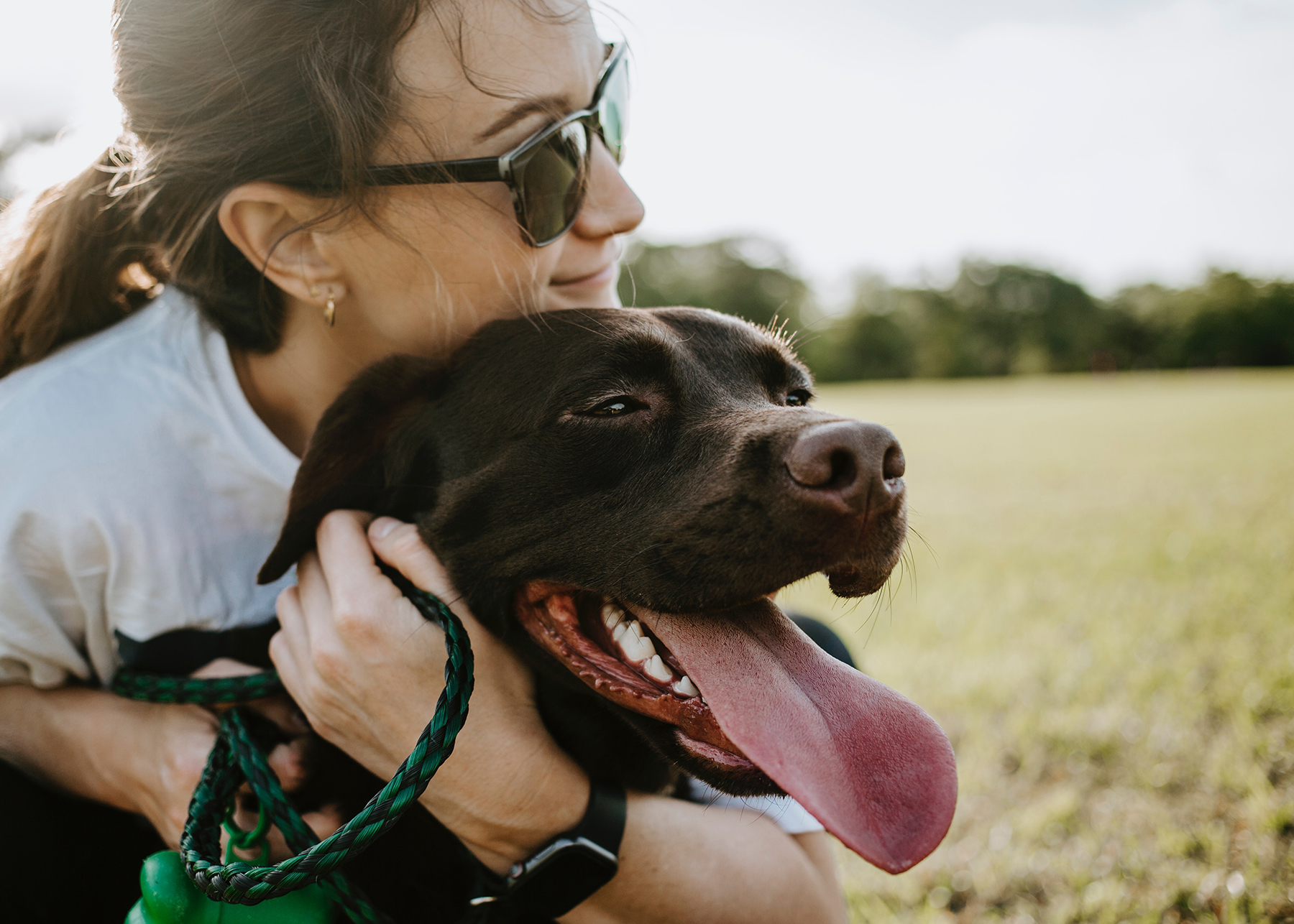Pet owners have an incredible take on life. They treat their pets, whether cats or dogs, as their own kids, despite their having a completely different way of existence.
For their part, especially for dog owners, they believe that their dogs change the way they see the world. However, a recent study claimed that humans “changed the very structure of their (dogs) brains.
A report from Science Org said that Neuroscientist Erin Hecht and her colleagues at Harvard University collected MRI brain images from 62 purebred dogs representing 33 distinct breeds for the study.
“You could just see the results staring at you,” she recalls of seeing the pictures side by side. Bichon frises, Labrador retrievers, and other dog breeds all have different-sized and shaped heads. But those two factors by themselves can’t account for the dissimilar brain structures in canines, it said.
Hecht and her colleagues discovered six networks of brain areas that were associated with size variations across a variety of canine specimens. Hecht came to the conclusion that the pattern was evidence that different parts of the brain were working together to produce distinct behaviors.
She contemplated the likelihood that breed-specific tendencies were at play in the design variances and explored the implications of this hypothesis. A border collie, for example, can herd hundreds of sheep (or even turkeys) into an enclosure with surprising speed and agility, and beagles may detect cancerous tumors in humans and warn doctors of their presence, it highlighted.
Her group analyzed and compared the six networks of different dog breeds using the criteria that were prioritized during the breeding process, as outlined by the American Kennel Club (AKC).
The report cited a different study from the Journal of Neuroscience, which argued that each of the six brain networks is linked with at least one behavioral attribute. For example, it said police canines like boxers and Dobermans exhibited notable differences from other breeds in the network associated with sight and smell.
It was noted that alterations in the network representing fear, stress, and anxiety responses were found in dogs bred for sport fighting.
Hecht’s research focused on the ways in which hounds bred for sight hunting differ from hounds bred for scent tracking. According to Hecht’s hypothesis, scent-hunting dogs vary not in the primitive brain regions responsible for detecting odors but in the more complex brain regions responsible for processing, interpreting, and conveying that information.
However, she added that it’s not necessary to teach a dog to sniff, citing the opinions of trainers who work with scent hounds. Just teach them to come forward with the information.
Hecht also added that all of the dogs in her study were pets and not working canines. Amazingly, these variations in brain structure can be observed even when the animals are not actually engaging in the corresponding behaviors.
She emphasized that there may be other applications of her research that need to be delved into deeper. It is “deeply profound,” according to Hecht, that humans are changing the brain structure of the surrounding species and that it serves as a reminder that humans need to be mindful of the impact of their actions on the animals they’ve harmed.



























